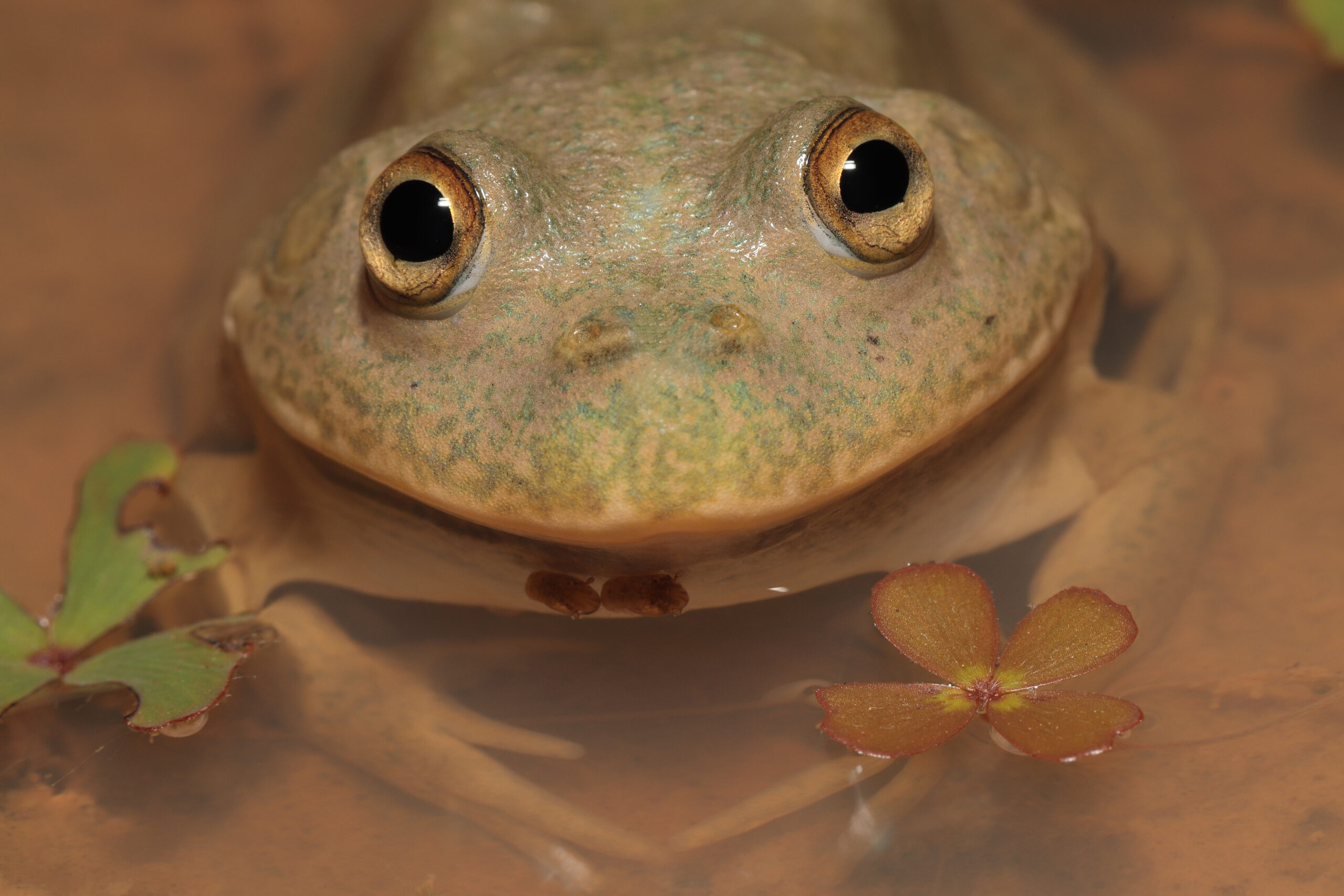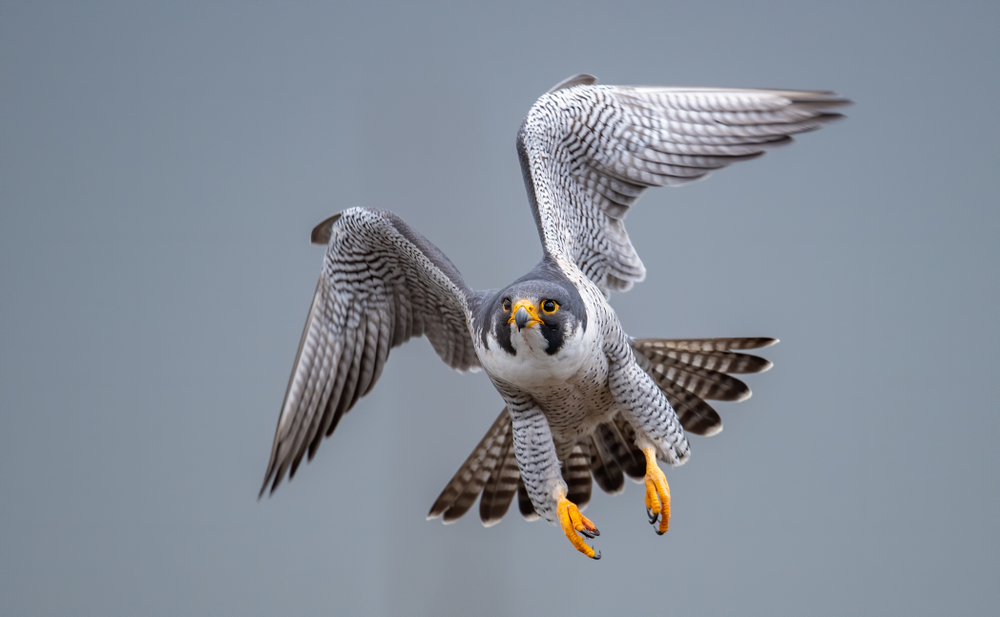| Common name | Trapdoor spiders |
| Scientific name | Idiopidae and others |
| Type | Spider |
| Diet | Crickets, moths, beetles, grasshoppers, and other large insects |
| Average lifespan | Up to 20 years, depending on the species |
| Size | Female length up to 3 cm, plus legs; males smaller |
There are hundreds of different spider species in Australia with the common name of trapdoor.
Most are coloured brown or black and hairy, with a stocky build. They’re widespread in eastern and southern Australia, including Tasmania, and are mygalomorphs – the same general spider group as funnel-webs, for which they are often mistaken.
They are not as aggressive as funnel-webs and usually retreat quickly from any confrontation. If they are corned, however, they will rear up like funnel-webs, flash their large fangs and may bite.
Because of the size of the fangs, bites can be painful and may cause swelling but are not dangerous.
Nevertheless, there are many trapdoor species occurring in the same areas where funnel-webs occur so if you are bitten by a large black spider in south-eastern Australia, it’s better to err on the side of caution and seek medical attention.
All trapdoors live in burrows, and although many species do have a hinged trapdoor – a plug of dirt – concealing the opening, many don’t. Instead, the entrances to the burrows are simply circular openings at the surface of the ground.
Whether they have a trapdoor or not, all of these spiders are ambush predators that wait just inside the burrow entrance to pounce on any passing prey that comes too close.
The burrows usually extend underground for up to half a metre and are lined with silk.
Female trapdoors tend to be very long-lived but males are not. They mature after about three years, when they leave their burrows to find a female – or several, if they are lucky enough to avoid being eaten by the first female they mate with. Regardless of how many female encounters they might survive, they die shortly after leaving their burrows.









